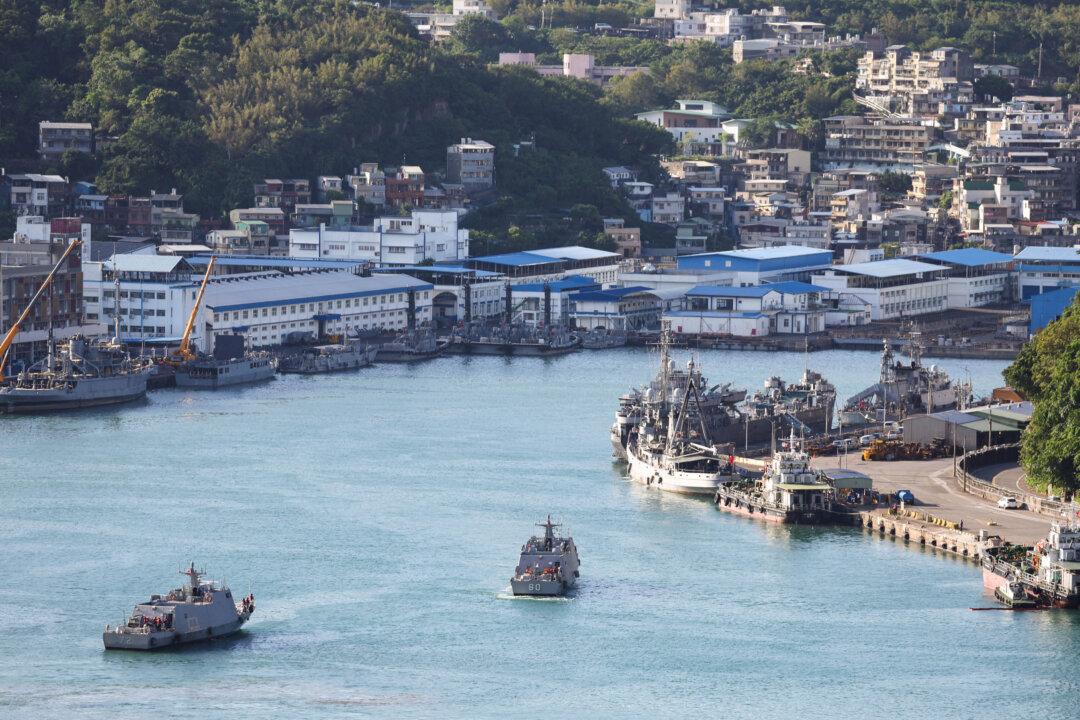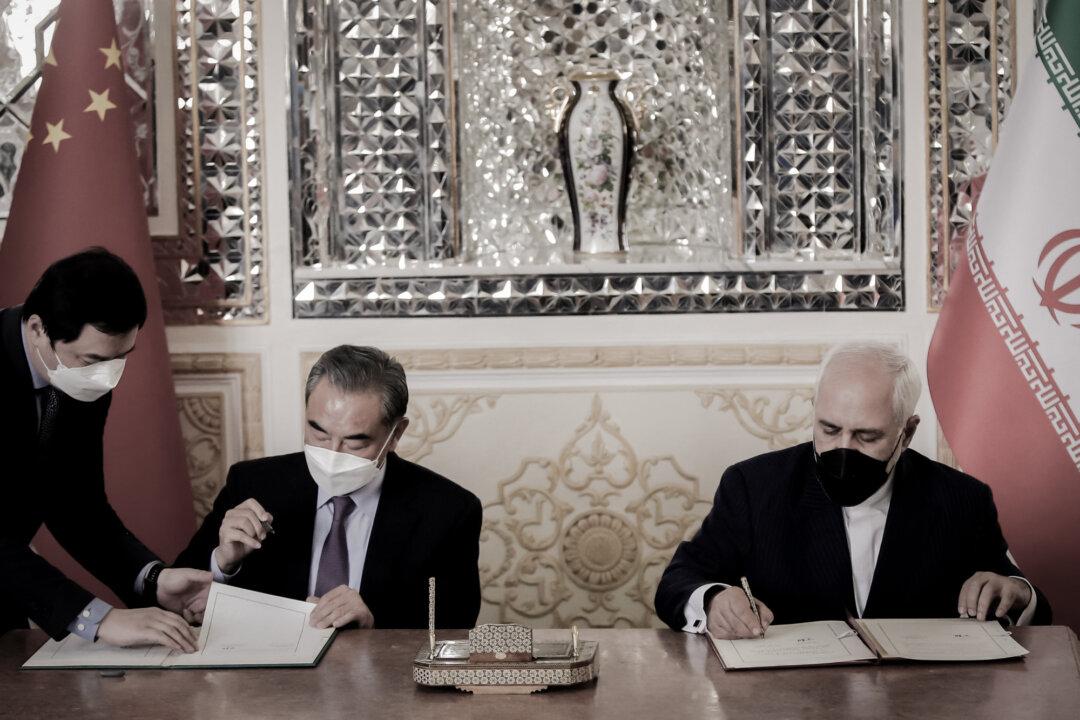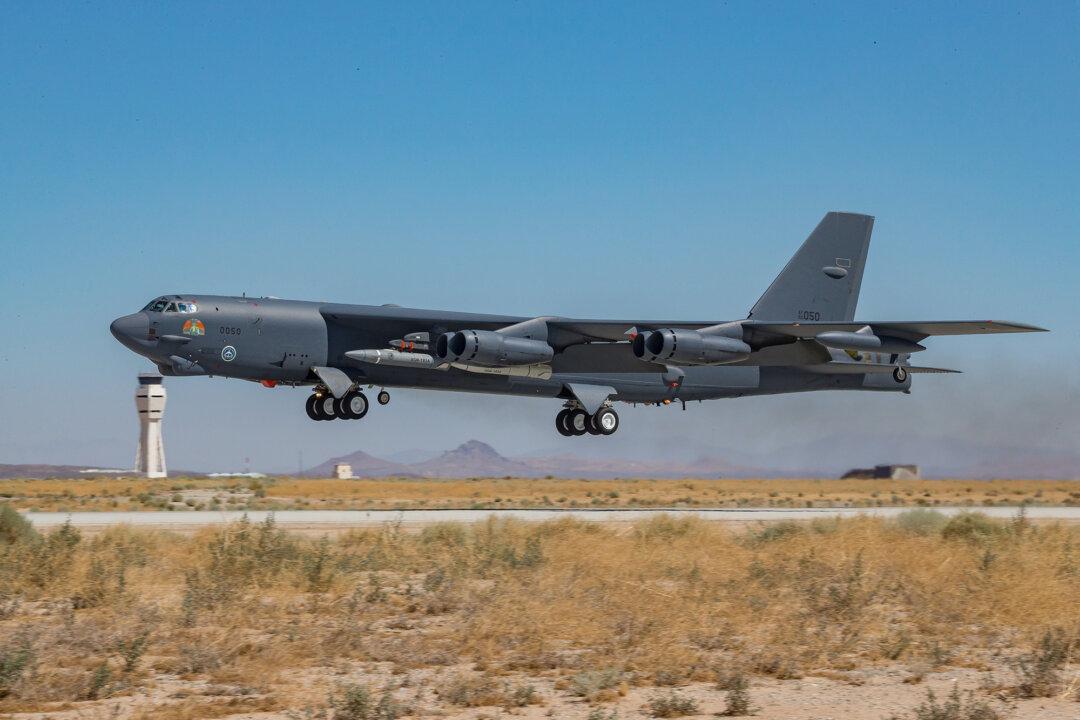Commentary
In a historic and Churchillian address, Taiwanese President Lai Ching-te vowed to resist “annexation” and, in another speech, rejected the Chinese Communist Party (CCP) on the mainland and said it was “impossible” for the People’s Republic of China (PRC) to become Taiwan’s “motherland.”





